At the Estuary and Ocean Science Center, students are learning alongside scientists like Boyer how to save our shorelines.
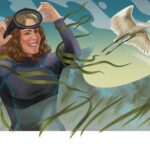
Sign up for our free weekly newsletter and understand everything better!
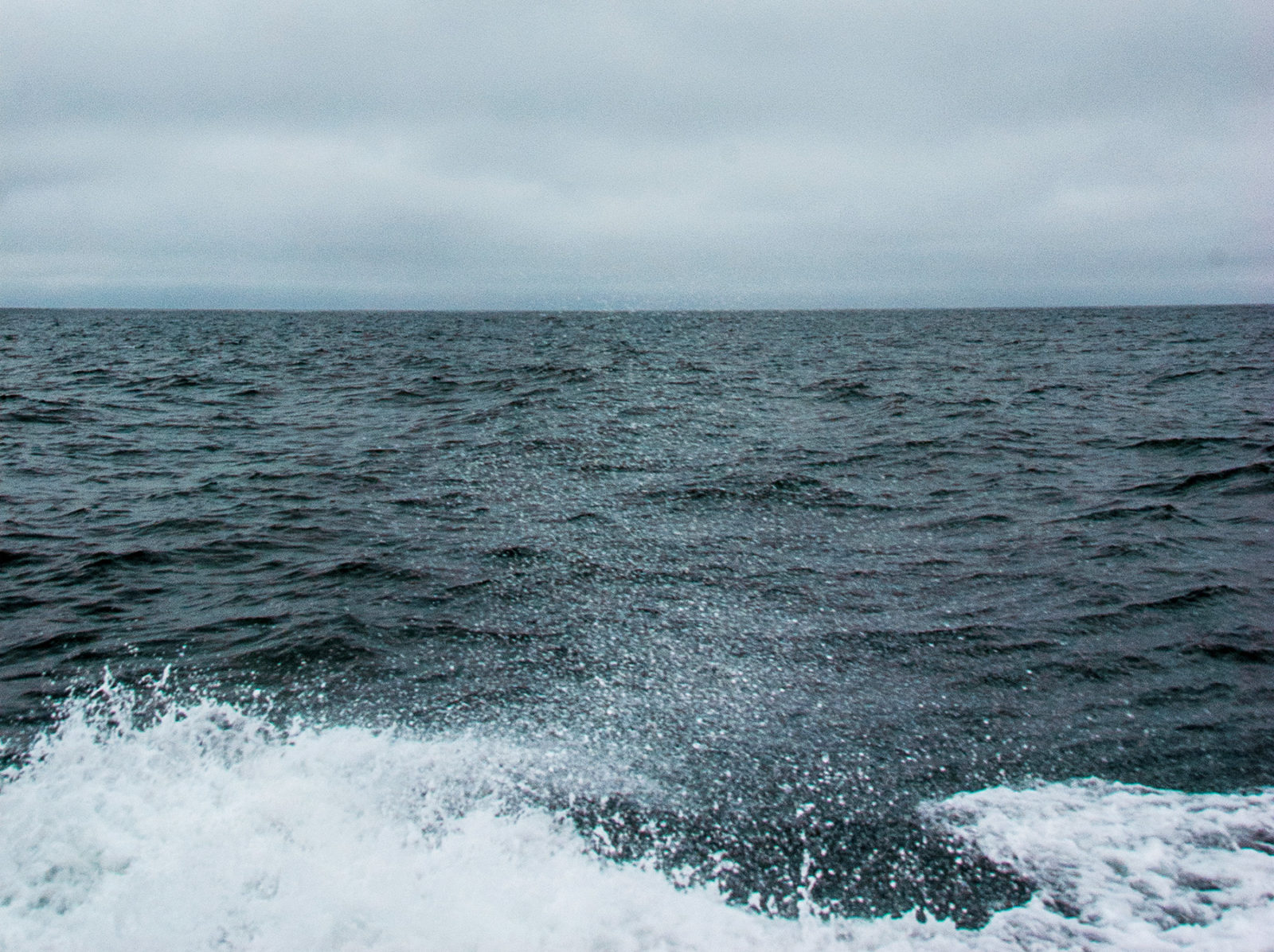

At the Estuary and Ocean Science Center, students are learning alongside scientists like Boyer how to save our shorelines.

With Bipartisan Infrastructure Law funding, the Bay’s wetlands are finally getting some precious muck. Why have we been dumping it offshore?
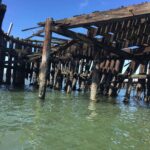
East Bay Regional Park District is primed to remove the creosote-treated wood of Richmond’s Ferry Point Pier this year after two years of delays.
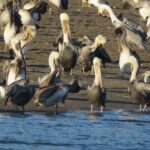
Nearly two decades after it was shuttered, advocates and researchers are hoping to reopen the field station where community college students were once involved in the marine sciences.
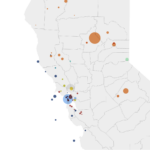
BIL and IRA spending on nature in the greater San Francisco Bay Area has topped $1 billion, according to Bay Nature’s most recent tally for our Wild Billions project.
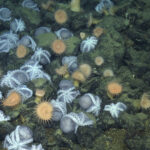
Off the California coast, these creatures are getting an evolutionary edge.
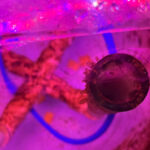
Can scientists defeat vast armies of sea urchins and re-kelp California’s North Coast? A Wild Billions story.
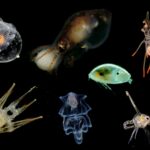
Imagine if your offspring were unrecognizable as the same species, and lived in a completely different habitat. This is the case for most tidepool creatures: barnacles, sea stars, urchins and more lead secret early lives as zooplankton, microscopic animals drifting out in the open ocean.
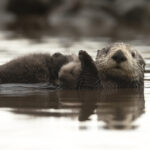
It turns out sea otters are better than people at raising sea otters. That could be useful if the U.S. government decides to reintroduce them to their historic range.
